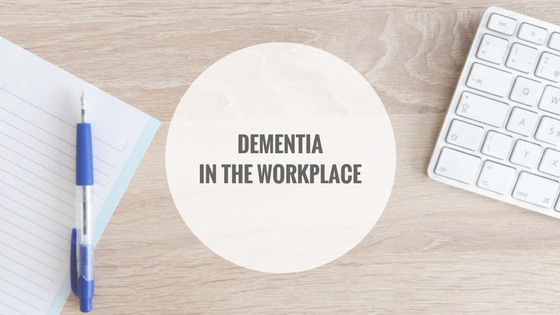Julie Entwistle, MBA, BHSc (OT), BSc (Health / Gerontology)
Co-written by Occupational Therapy student Carolyn Rocca
I have several commutes. If I bring my laptop home, one commute is to my dining room table. If I leave my laptop at the office, I have a seven-minute drive (eight in traffic) before I am sitting at my desk. If I am required to be in Toronto for 8:30am, my commute starts at 6:00am for a drive that in “good traffic” would only take me 50 minutes.
With more and more people living away from work so they can afford more sizable housing, more property, or even perhaps a desire or need to stay close to extended family and child care, Flexible Work Schedules are becoming more valued, and dare I say, necessary.
Flexible work schedules are arrangements that allow employees the opportunity to better juggle their family and personal responsibilities that typically conflict with the traditional Monday-to-Friday, 9-to-5 work week. These arrangements can take several forms, including: working a set number of hours with flexible and agreed upon start and end times, working longer days in exchange for a day off, or requesting time off for personal reasons and offering to make it up by working longer hours on another day.
According to Statistics Canada, in 2014 69% of couple families with at least one child were dual-earner families, representing quite an increase from 36% in 1976. As the number of dual-earner families continues to rise, the option of flexible work schedules will become increasingly enticing for such families who struggle to get their kids on the school bus in time for their lengthy commute. In 2012, an estimated 36% of Canadian employees with caregiving responsibilities had flexible hours, and this value will likely continue to rise. As they say, times have changed, and this seems to be a change for the better.
Canada’s 2012 General Social Survey reports that having a flexible schedule that allows employees to choose when their work day starts and ends was associated with slightly greater satisfaction. In fact, 79% of employees with a flexible work schedule reported that they were satisfied or very satisfied with their work–life balance, compared to 73% of those whose schedule was not flexible.
More specifically, studies that have explored the benefits of flexible work schedules for employees suggest that they improve overall work-life balance, reduce workplace stress and health-related symptoms, and increase job satisfaction and organizational commitment, ultimately maintaining their connection to the labor market. These advantages go both ways, as these arrangements benefit employers by enhancing recruitment and retention, reducing absenteeism, and increasing productivity, naturally leading to reduced costs.
So what does this shift towards flexible work options mean for you if you have a disability, and me as an occupational therapist? If you need to return to work following injury or illness, an occupational therapist is well-equipped to help you and your employer devise workplace accommodations to gradually resume your full-time duties, and flexible hours makes this transition more feasible and likely to be successful. For example, if sitting for long periods is challenging, but sitting is a necessary part of your job, then we don’t want your “sitting clock” to be “ticking” while you are stuck in traffic. If flexible work hours can get you at your desk faster, allowing you more time to work and less time to aggravate your symptoms in the car, then a supportive employer should see the benefit of that – for you and them. Also, if as part of your recovery you continue to require medical oversight or treatment by other providers, a flexible work schedule will allow you the freedom to maintain your treatment schedule, while still gradually resuming job duties.
If flexible work hours can benefit both employer and employee, both within and outside of a rehabilitation process, then I say “just ask for it”….and work with your employer to develop a program and schedule that works for both of you.










